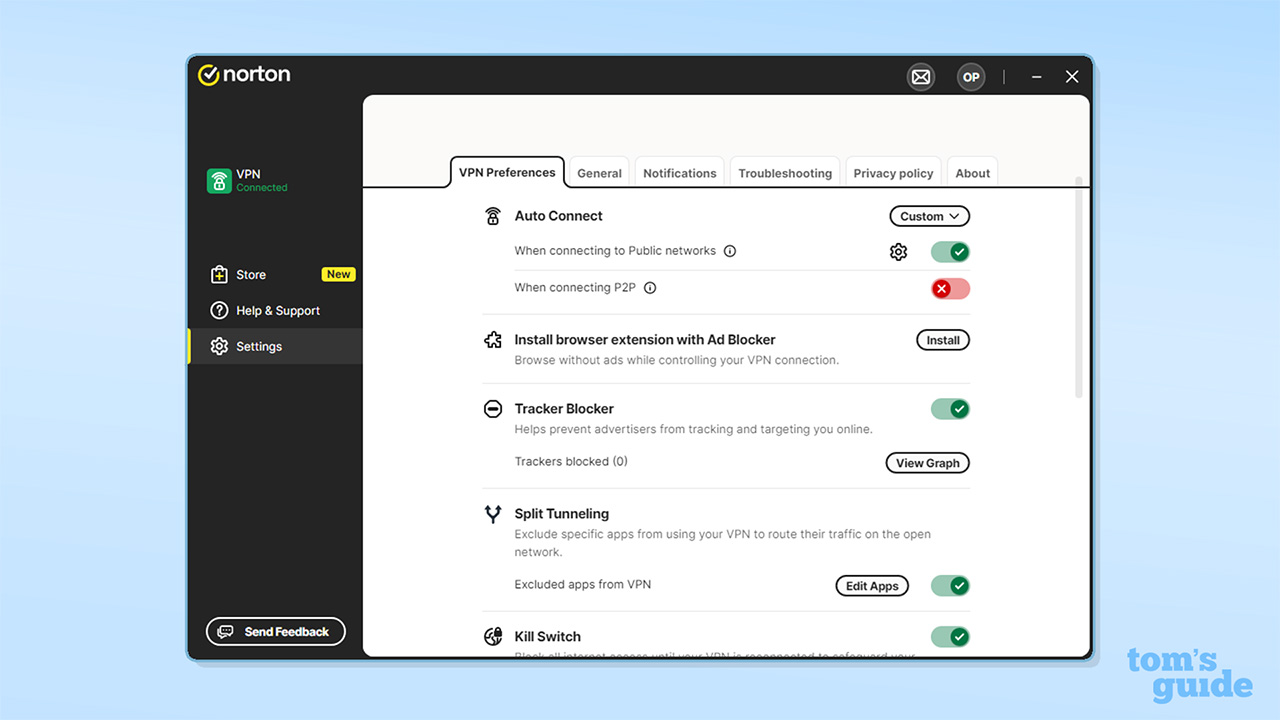iPhone 12 MagSafe — what it tells us about iPhone 13
The new iPhone 12 features a magnetic charging system that could show Apple's future

The iPhone 12's biggest surprise for me was its magnetic MagSafe charging, and when it was revealed I practically had a vision about the iPhone 13. But I'm getting ahead of myself.
If you haven't heard, Apple's using magnets to allow for easier Qi-charging on its iPhone 12, as the MagSafe charger just snaps to the back of the iPhone. You can even snap a wallet attachment to your phone as well (though it moves around a little bit in your pocket).
The arrival of MagSafe to the iPhone, and not USB-C, may have been a disappointment for many. Samsung has been using USB-C in phones since 2016's Galaxy Note 7, and Apple typically doesn't wait this long to catch up.
MagSafe, though, could be Apple's out for USB-C. In fact, Apple's history gives us reason to think it could skip USB-C for the iPhone and go completely wireless.
Why MagSafe could kill Lightning in the iPhone 13

Apple added the Lightning connector in 2012, with the iPhone 5 and its iPods. Ever since, that port has taken over all iPhones and multiple iPads. It's good for fast charging and capable at data transfers. But like many things, Apple will inevitably replace it with something else. Just ask the 30-pin dock connector, which lasted 11 years (Lightning is approaching that mark, currently at 8).
As I referenced in an article about Lightning headphones in 2016, there's a corrosion issue in the plug side of the Lightning port that causes poor connectivity. One of my colleagues is having Lightning port troubles right now, and that's pushing him to update to the iPhone 12.
Then, remember the rumor from late 2019, where reputable Mac prognosticator Ming-Chi Kuo told analysts that the iPhone 13 could be completely wireless. That didn't make much sense back then, as Qi charging was still plenty awkward.
Get instant access to breaking news, the hottest reviews, great deals and helpful tips.
But it did sound like standard Apple: removing all the ports and buttons it could, in a race to the future. Just ask the headphone jack how it fared in the rest of the industry (Samsung even removed it from the Galaxy Tab S7). Apple gets ahead of the competitors when it comes to turning standards into "legacy ports,” and other companies often follow suit.
MagSafe changes that, by taking the weird "is it placed right?" game out of the standard-issue Qi-charging experience. That being said, it's not really perfect. At least not yet.
Why MagSafe won't kill Lightning in the iPhone 13

As noted in our iPhone 12 review, MagSafe charging has the same drawback of Qi-charging. It's not exactly fast. You can charge an iPhone 12 to 50% with Apple's 20W wired charger, while Apple's 15W MagSafe charger took an hour to get to half-full.
When the iPhone is supposed to be the best phone you can get, nobody will want that slow charging. It would then take Apple (or someone else) making an advancement in Qi-charging technology to bring MagSafe up to speed, or for some unlikely change in consumer habits where people accept slower charging, likely by charging more frequently, for smaller amounts of time.
Plus, Qi-charging can't send data, and one of the big perks of Lightning and USB-C is that it can be used for backing up your devices. Apple may try its best to push everyone to backup to iCloud, but they probably know they can't make that work for everyone.
There's also the matter of the European Union, which voted in favor of a universal charging standard this past January. As most readings of the situation say, this would require all smartphone makers to adopt the same charging standard. This is meant to increase convenience and cut down waste, and it's a very good idea.
This act from the EU still needs to be turned into a law. But if and when it does go through, it probably means that Apple can't just ditch all charging ports and go for MagSafe only, because that's still requiring a different cord, even if it doesn't plug into your iPhone.
Outlook
I don't know what Apple's waiting for. The company could easily switch from Lightning to USB-C in the iPhone at any time — much like it did with the new iPad Air.
Maybe adding 5G and MagSafe were the only big physical changes that the company had time for with the iPhone 12. But MagSafe shows a potential plan that Apple could have had before the EU pushed them to go USB-C. We'll have to see next year, and in all the iPhone 13 leaks we expect to see along the way.

Henry was a managing editor at Tom’s Guide covering streaming media, laptops and all things Apple, reviewing devices and services for the past seven years. Prior to joining Tom's Guide, he reviewed software and hardware for TechRadar Pro, and interviewed artists for Patek Philippe International Magazine. He's also covered the wild world of professional wrestling for Cageside Seats, interviewing athletes and other industry veterans.
